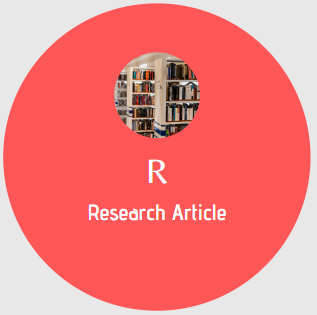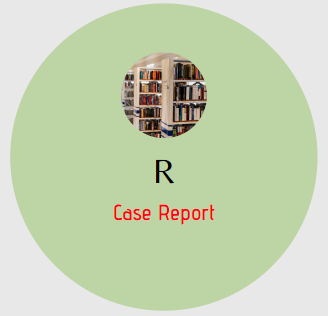[Source: Lancet HIV, full page: (LINK). Abstract, edited.]
The potential effect of COVID-19-related disruptions on HIV incidence and HIV-related mortality among men who have sex with men in the USA: a modelling study
Kate M Mitchell, PhD, Dobromir Dimitrov, PhD, Romain Silhol, PhD, Lily Geidelberg, MSc, Mia Moore, PhD, Albert Liu, MD, Prof Chris Beyrer, MD, Prof Kenneth H Mayer, MD, Stefan Baral, MD, Prof Marie-Claude Boily, PhD
Published: February 19, 2021 | DOI: https://doi.org/10.1016/S2352-3018(21)00022-9
Summary
Background
During the COVID-19 pandemic, men who have sex with men (MSM) in the USA have reported similar or fewer sexual partners and reduced HIV testing and care access compared with before the pandemic. Pre-exposure prophylaxis (PrEP) use has also declined. We aimed to quantify the potential effect of COVID-19 on HIV incidence and HIV-related mortality among US MSM.
Methods
We used a calibrated, deterministic, compartmental HIV transmission model for MSM in Baltimore (MD, USA) and available data on COVID-19-related disruptions to HIV services to predict effects of reductions in sexual partners (0%, 25%, 50%), condom use (5%), HIV testing (20%), viral suppression (10%), PrEP initiations (72%), PrEP adherence (9%), and antiretroviral therapy (ART) initiations (50%). In our main analysis, we modelled disruptions due to COVID-19 starting Jan 1, 2020, and lasting 6 months. We estimated the median change in cumulative new HIV infections and HIV-related deaths among MSM over 1 and 5 years, compared with a base case scenario without COVID-19-related disruptions.
Findings
A 25% reduction in sexual partners for 6 months among MSM in Baltimore, without HIV service changes, could reduce new HIV infections by median 12·2% (95% credible interval 11·7 to 12·8) over 1 year and median 3·0% (2·6 to 3·4) over 5 years. In the absence of changes in sexual behaviour, the 6-month estimated reductions in condom use, HIV testing, viral suppression, PrEP initiations, PrEP adherence, and ART initiations combined are predicted to increase new HIV infections by median 10·5% (5·8 to 16·5) over 1 year, and by median 3·5% (2·1 to 5·4) over 5 years. Disruptions to ART initiations and viral suppression are estimated to substantially increase HIV-related deaths (ART initiations by median 1·7% [0·8 to 3·2], viral suppression by median 9·5% [5·2 to 15·9]) over 1 year, with smaller proportional increases over 5 years. The other individual disruptions (to HIV testing, PrEP and condom use, PrEP initiation, and partner numbers) were estimated to have little effect on HIV-related deaths (<1% change over 1 or 5 years). A 25% reduction in sexual partnerships is estimated to offset the effect of the combined service disruptions on new HIV infections (change over 1 year: median –3·9% [–7·4 to 1·0]; over 5 years: median 0·0% [–0·9 to 1·4]), but not on HIV deaths (change over 1 year: 11·0% [6·2 to 17·7]; over 5 years: 2·6% [1·5 to 4·3]).
Interpretation
Maintaining access to ART and adherence support is of the utmost importance to maintain viral suppression and minimise excess HIV-related mortality due to COVID-19 restrictions in the USA, even if disruptions to services are accompanied by reductions in sexual partnerships.
Funding
National Institutes of Health.
–
Keywords: SARS-CoV-2; COVID-19; HIV/AIDS; USA.
——







You must be logged in to post a comment.